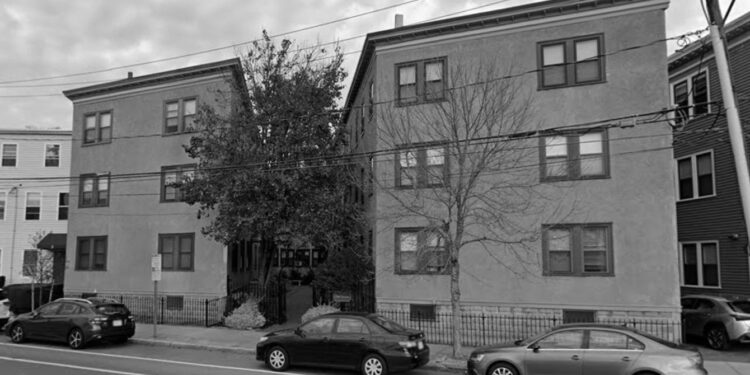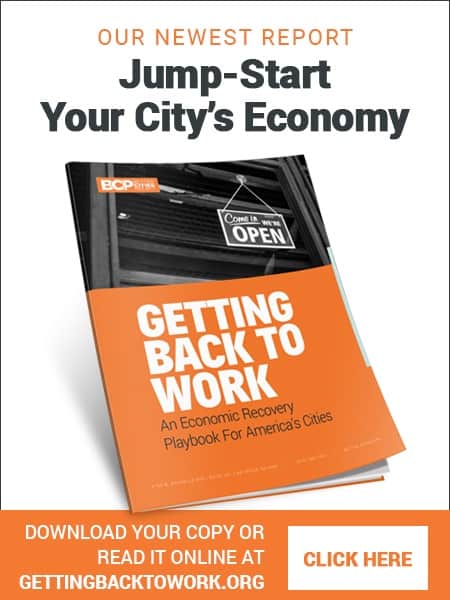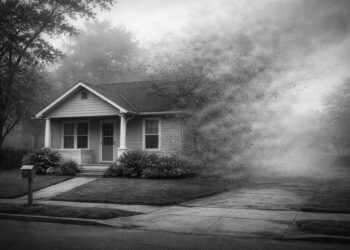A new study from The Pew Charitable Trusts challenges one of the most persistent—and unnecessary—barriers to housing development: outdated stairway requirements. According to the report, Small, Single-Stairway Apartment Buildings Have Strong Safety Records, small apartment buildings with a single stairway are just as safe as other residential buildings. That’s a big deal because many U.S. building codes require at least two stairways for buildings over three stories, making small apartment construction more expensive and, in some cases, impossible.
The authors present compelling data showing that cities allowing single-stairway buildings—such as New York, Seattle, and Honolulu—have not seen increased fire risks. In fact, in over a decade of fire incident data (2012-2024), these buildings showed no increased risk of fire-related deaths due to a lack of a second exit. Other countries, including the Netherlands, have long allowed taller single-stair buildings without compromising safety.
A Housing Crisis Fueled by Outdated Rules
The U.S. has a housing shortage of 4 to 7 million homes, and affordability is worsening. Small and mid-sized apartment buildings—often called “missing middle” housing—have historically provided affordable options in cities, suburbs, and rural areas. But these homes are no longer getting built at scale. Only 21% of new housing units since 2000 have been in buildings with two to 19 units, a dramatic decline compared to previous decades.
One major culprit? Regulations that make these buildings more expensive to construct, particularly stairway requirements. Two-stair designs take up valuable space, reducing the number of rentable units and driving up per-unit construction costs. Pew’s study estimates that allowing single-stair buildings could reduce construction costs by 6% to 13%, making more housing projects financially viable.
Cities Are Waking Up—Slowly
Some cities and states have already updated their codes. New York City allows single-stair buildings up to six stories, as do Seattle and Honolulu. Vermont, Georgia, and Puerto Rico permit them up to four stories. But in much of the country, the two-stair mandate remains the rule, even though there’s no real safety justification.
Modern fire safety measures—like sprinklers, fire-resistant materials, and smoke alarms—have made the old logic behind multiple stairways obsolete. Yet developers still face costly requirements based on outdated thinking. Worse, these mandates often make small apartment buildings financially unfeasible, leading developers to build larger, more expensive complexes instead—or nothing at all.
Reforming Building Codes to Unlock More Housing
The Pew report underscores a simple reality: if cities and states want more affordable housing, they need to stop making it illegal to build. Reforming stairway requirements is one small but meaningful step that could lead to thousands of additional homes—without sacrificing safety.
For housing advocates and policymakers serious about tackling the affordability crisis, this study should be required reading. The data is clear: single-stairway apartment buildings are safe, cost-effective, and a crucial tool for addressing the housing shortage. The only real question is whether city leaders will update their codes—or continue clinging to outdated rules that serve no one.









